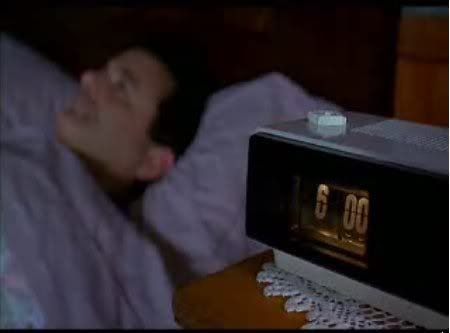February 2, 2014 marks Super Bowl XLVIII, the death of 46-year-old actor Philip Seymour Hoffman, and the day Punxsutawney Phil emerges to predict a sooner or later arrival of spring, three seemingly unrelated events with themes echoing in the 1993 movie Groundhog Day.
 In the movie, Bill Murray plays Phil Connors, an obnoxious, narcissistic “I make the weather” man in much need of salvation. Phil Connors gets stuck in a time-loop, reliving the same February 2nd Groundhog Day until he changes his life and gets the message.
In the movie, Bill Murray plays Phil Connors, an obnoxious, narcissistic “I make the weather” man in much need of salvation. Phil Connors gets stuck in a time-loop, reliving the same February 2nd Groundhog Day until he changes his life and gets the message.
James Parker wrote in The Atlantic last year, the 20th anniversary of the film, that the message is, “There is a way back, a way through the imprisoning mystery of yourself, a way back into life.”
Parker states that Phil Connors has no mentor, no guide – he is on his own. Or is he, I wonder. Every morning his clock radio clicks on at 6:00 am to Sonny and Cher singing:
“I got you, Babe. I got you, Babe. I got you, Babe,” which seems like a promise, a way pointing to the humility Phil Connors must learn to break out of Groundhog Day. That is, he does not control the weather or much of anything except his choices. Phil Connors ignores that voice by trying to smash the clock radio’s endless repetition and by trying to commit suicide in various ways.
On Groundhog Day, Philip Seymour Hoffman acts not in a film but in real life, and his cycle of days break. The next morning, he does not wake; he does not find his way back into life.
Groundhog Day’s plot allows Phil no such exit and no satisfaction for his anger or sins of greed, gluttony or manipulation of power. In the end, he decides to engage with and help others while working on self-improvement.
“He learns contentment, and he learns forgiveness, and he learns kindness,” Parker wrote. Phil Connors accepts life’s blessings and tries to perfect his day.
After the Super Bowl, 37-year-old perfectionist Peyton Manning praises the Seahawks’ performance with grace, holds himself accountable for mistakes, eschews embarrassment for the 43-8 loss, defends his hard-working teammates – and signs autographs for a 25-year-old beer vendor and others who catch up with him in the hallway after the game. Peyton Manning must feel anger, impatience, and the desire to lick his wounds in private. But he chooses to embrace humility and show appreciation and respect.
In the end, Phil Connors wins both the girl he pursues and release from the endless Groundhog Day loop, but not before he, like Peyton Manning, experiences the limit of perfection. No matter how hard he tries, Phil Connors does not save the old homeless man from death. No matter how hard they try, Peyton Manning and the Broncos do not win the Super Bowl. No matter how his partner, three young children, colleagues and fans wish otherwise, Philip Seymour Hoffman’s life ends.
I cannot relive the same day over and over, like Phil Connors, and my gifts will not place me in the limelight, like Peyton Manning or Philip Seymour Hoffman. But as long as I am alive, I can try to be more grateful for the seasons of life – even today’s cold rain and Punxsutawney Phil’s prediction of six more weeks until spring – and for the voice I hear every day:
“I got you, Babe” – not Sonny and Cher, thank goodness, but a deeper assurance guiding me forward.



0 Comments